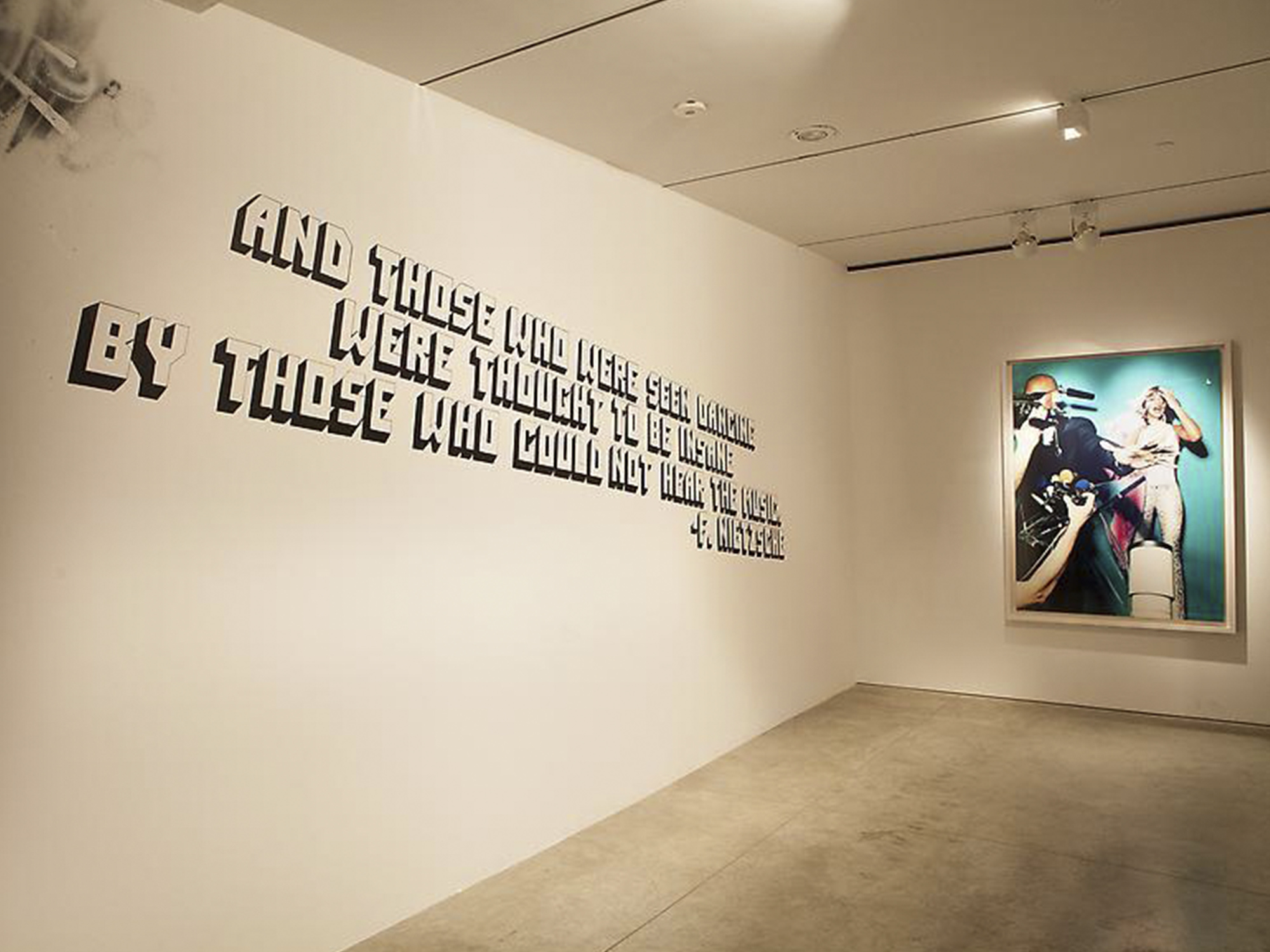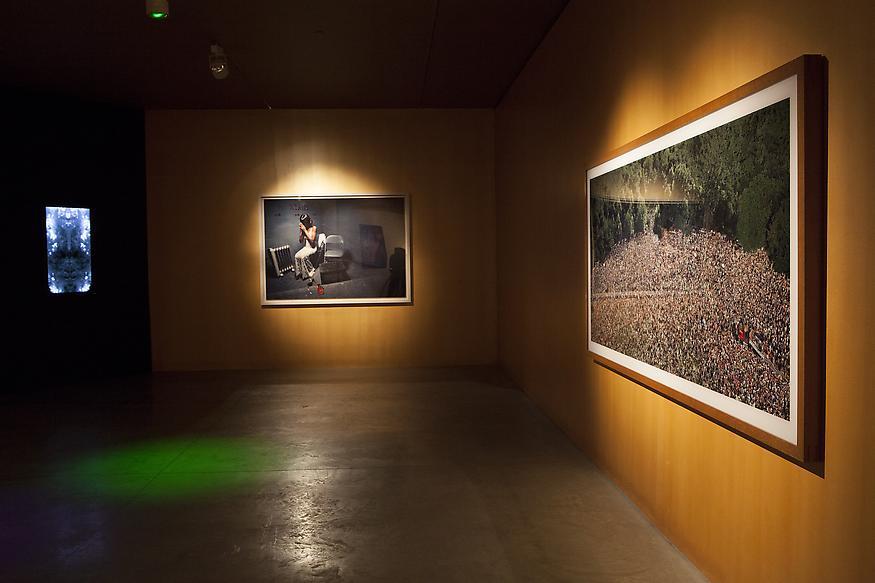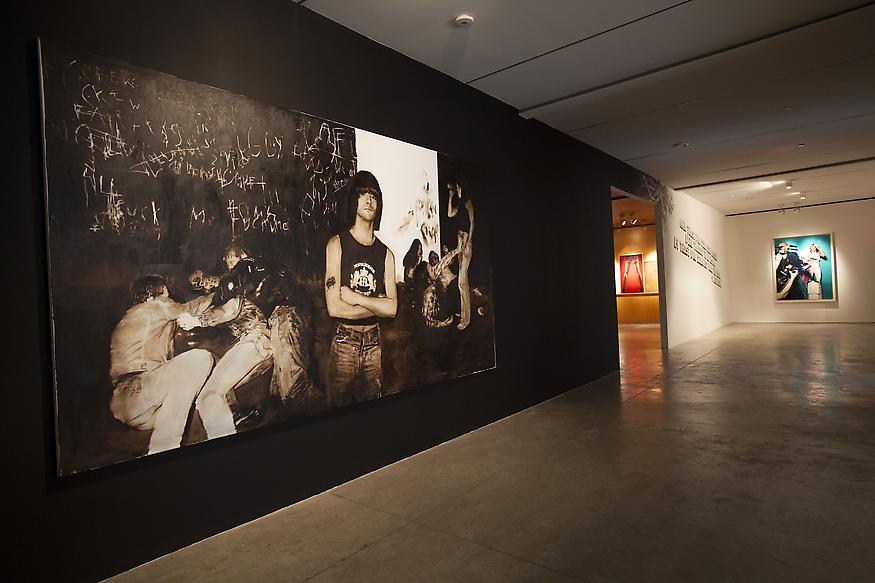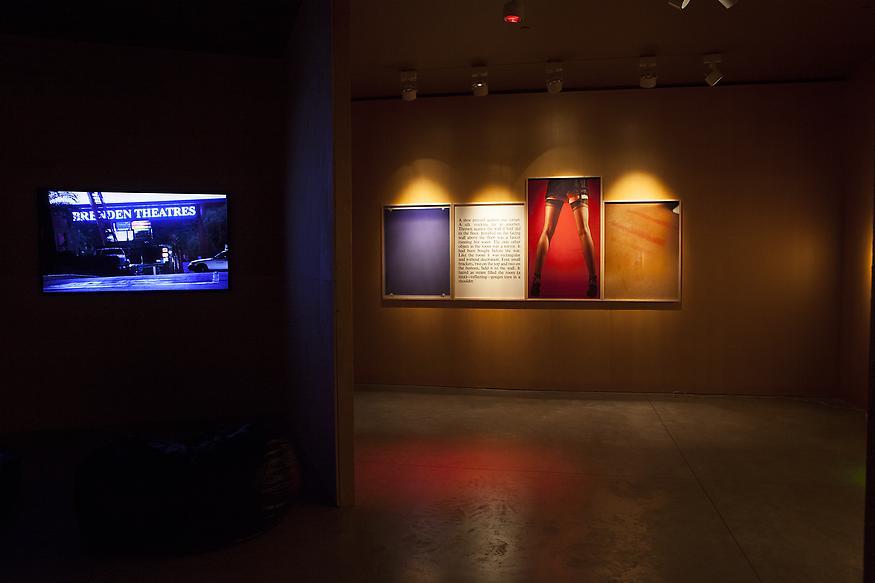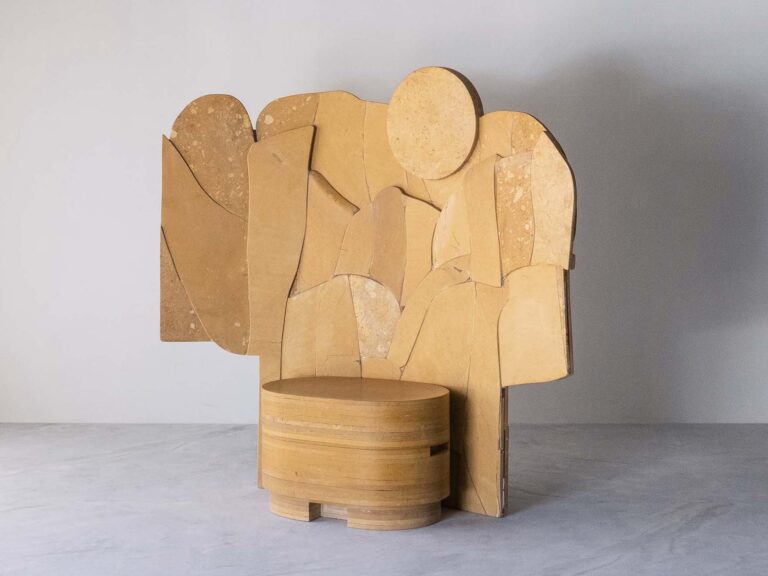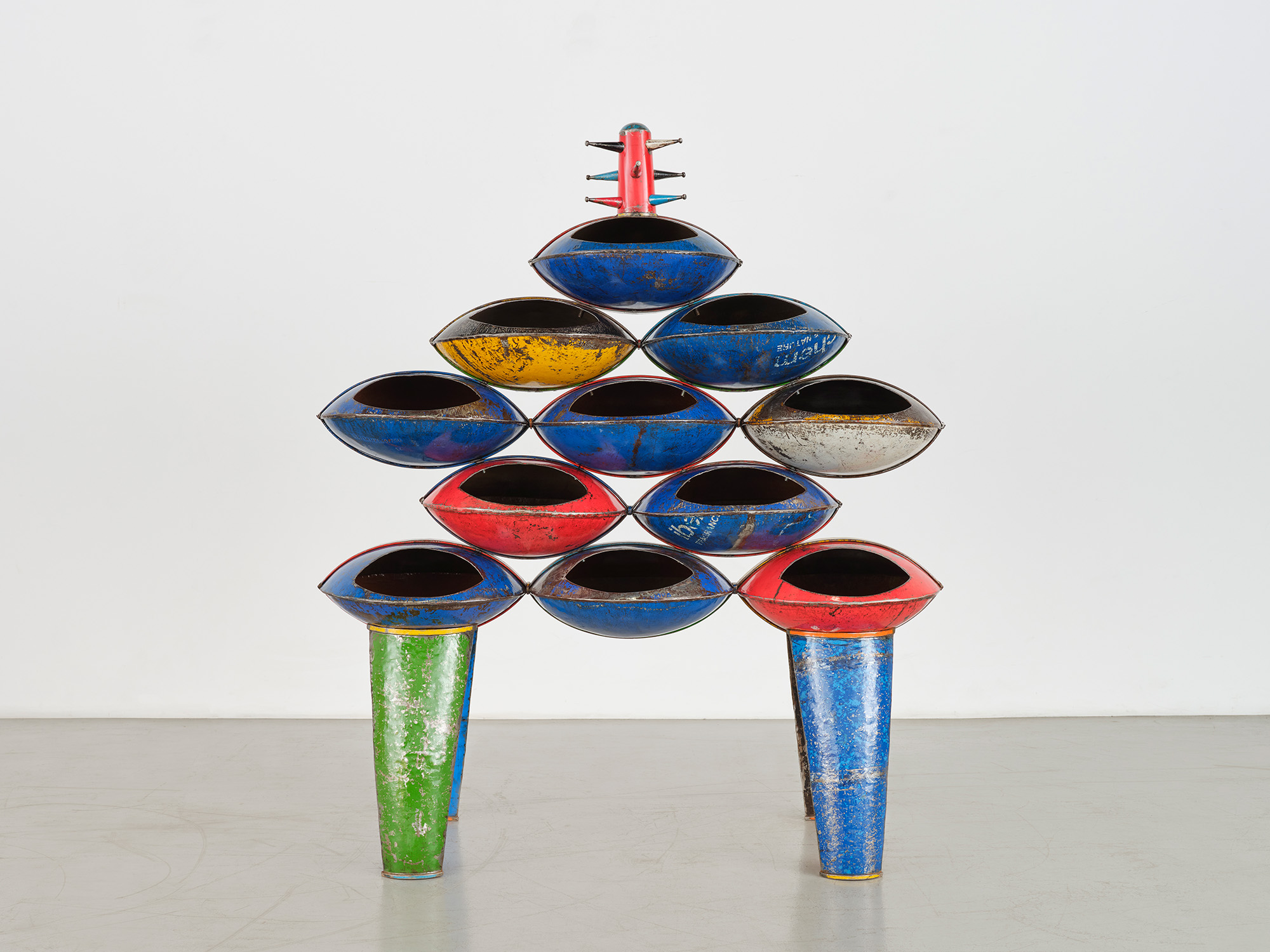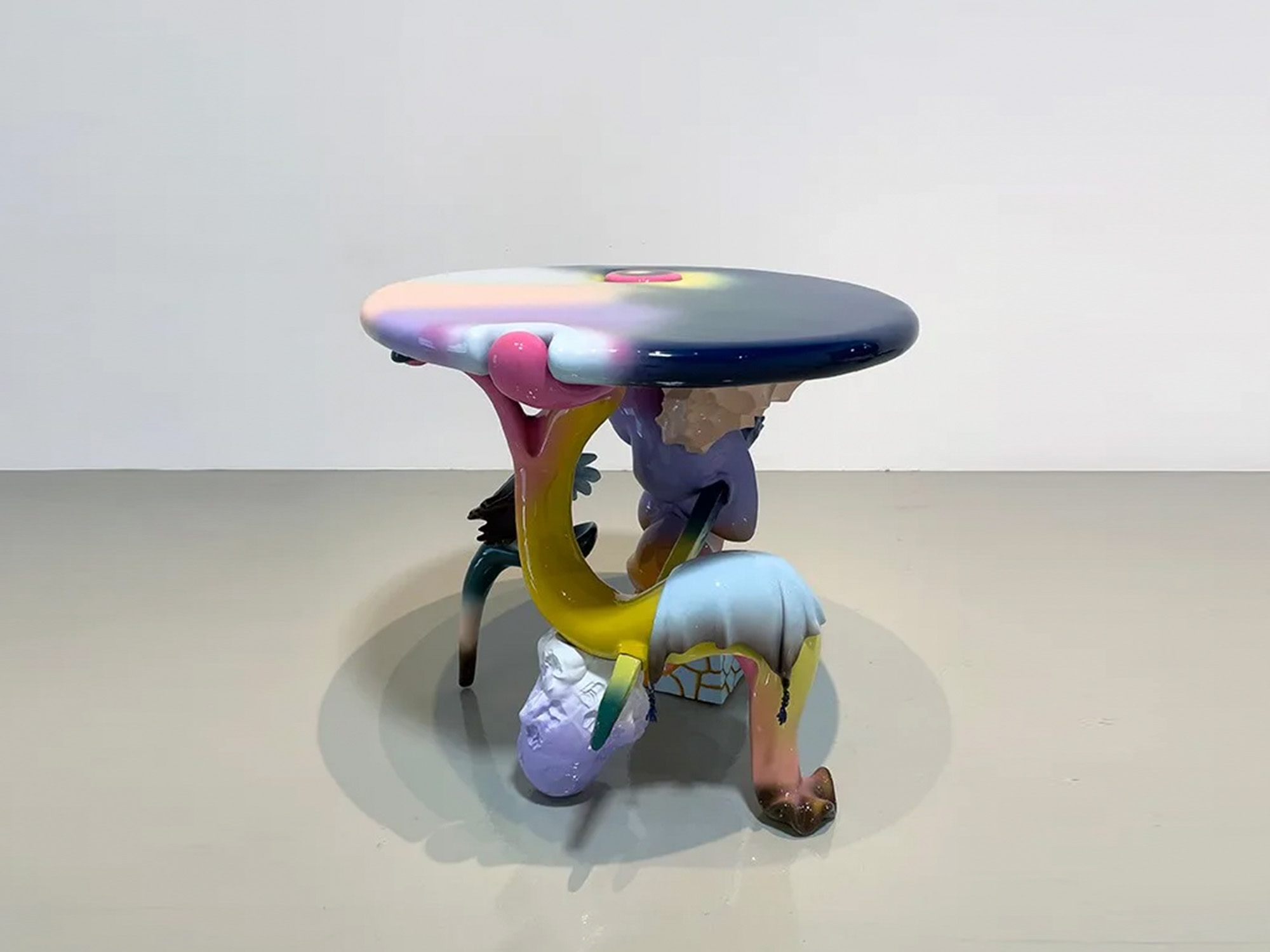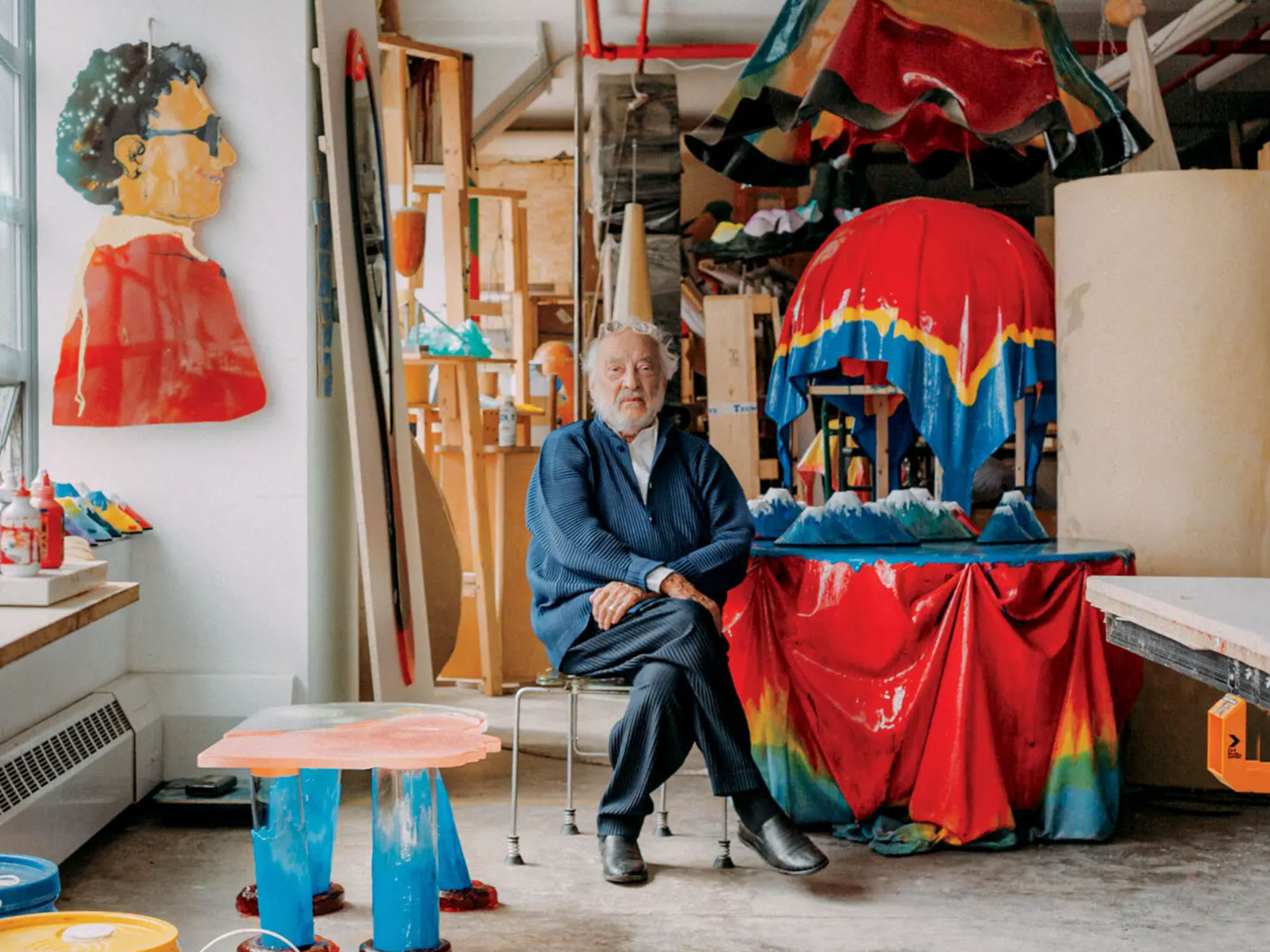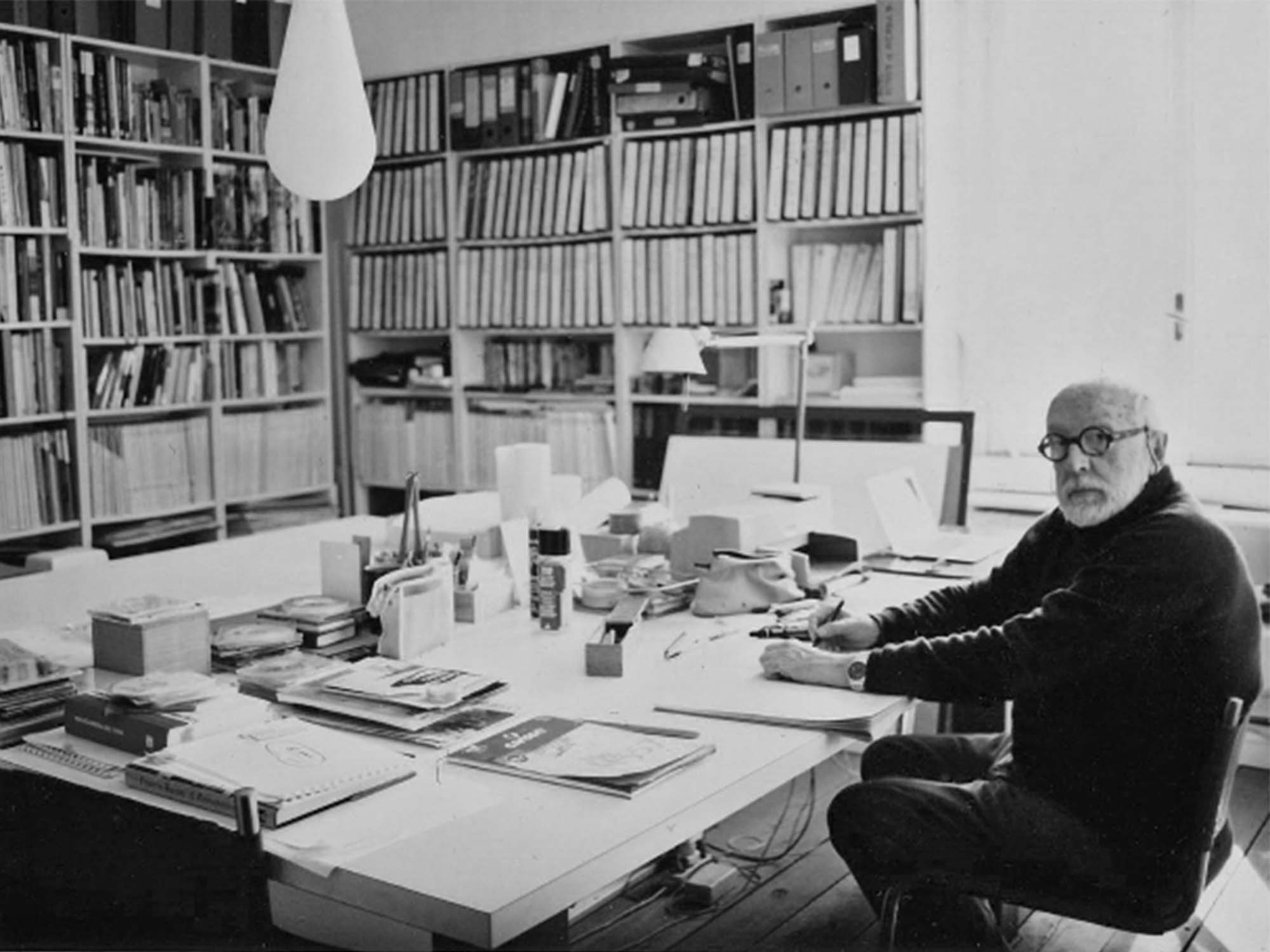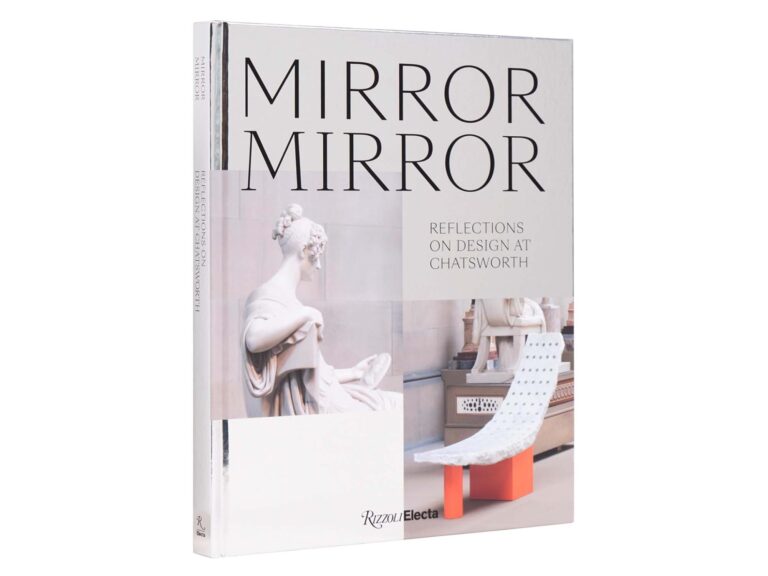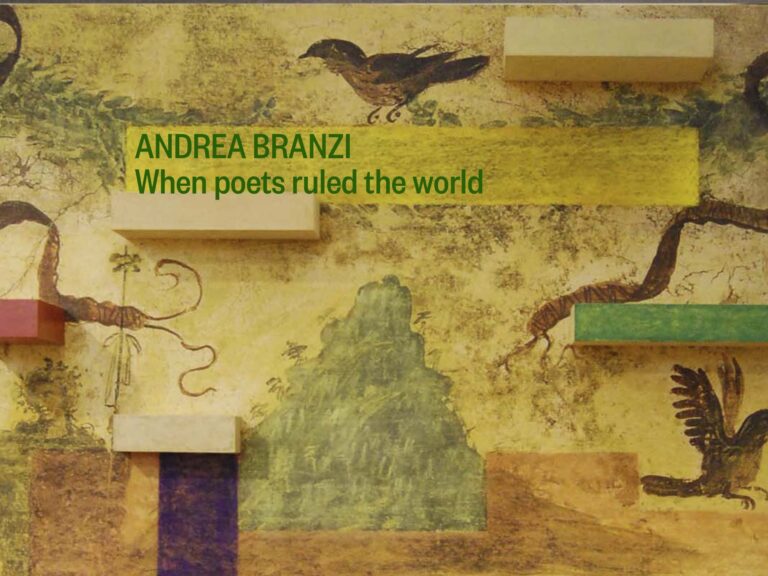Friedman Benda is pleased to announce And those who were seen dancing were thought to be insane by those who could not hear the music, a group exhibition curated by Thorsten Albertz, from July 16 to August 17, 2013. From the outgoing and flamboyant to the introverted and lonesome, the show assesses the culture of nightlife – its customs and expectations – through the art it has provoked from the 1970s to the present. An unconventional opening celebration will be held on Tuesday, July 16 from 6-9pm at Friedman Benda, 515 West 26th Street.
In the exhibition, a diverse group of artists explore the bacchanalian nights and elusive nocturnal moments that define the collective party experience. It is a setting where routines of the day are cast aside to make way for an alternative set of rituals. From New York City’s historic Studio 54 to Berlin’s open air ‘Love Parade,’ club culture elicits a complex web of emotions, unique to each participant though foreign to none. Intrigued by the sensational nature of the party, each artist captures an affecting moment in its evolution from the questioning of identity in Nan Goldin’s polaroids of young men preparing to go out to Nicolas Provost’s video play with synthetic atmospheric manipulations.
An overarching homage to the frivolity of the party and its influence in contemporary art, viewers to the exhibition are greeted by Andy Warhol’s Studio 54 painting in proximity to Bill Beckley’s photo “The Bathroom” (1977) which directly contrasts with Warhol’s commercial themes by capturing an intimate bathroom stall encounter. A generation later, Agathe Snow, who famously hosted a 96-hour dance marathon for the 2008 Whitney Biennial, turns attention once again to celebratory excess. Here, her commissioned work places a disco ball at the centerpiece of the exhibition, casting a playful, ever-changing light across all neighboring works.
Some artists have chosen to turn their eye to the indecent. In his work “Spitting On Dick”, Wolfgang Tillmans blatantly relinquishes any previously held inhibitions, emphasizing the voyeuristic aspect of the show, while Cecily Brown, exploring the wonders of foreplay, invites an audience. Natalie Frank chronicles a subconscious, primal instinct, painting dense environments that play host to characters acting out sinful fantasies.
Touching on memory and signifiers, Rosson Crow, Andreas Gursky and Ena Swansea transport the viewer to familiar yet manipulated environments. Crow’s work deftly plays to our curiosity and voyeuristic tendencies, highlighting the feelings of isolation and dissociation that sometimes arise in the midst of a seemingly happy celebration. Gursky and Swansea address the experience of the individual who gets lost within the crowd. Gursky’s monumental Love Parade photograph hones in on the defining celebration of the 90s that found tragic conclusion in the 2010 stampede at Dortmund, while Swansea’s collection of nighttime personalities occupy the same space, yet seemingly engage in celebration with themselves.
